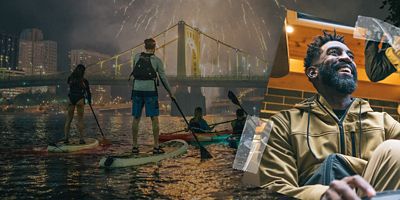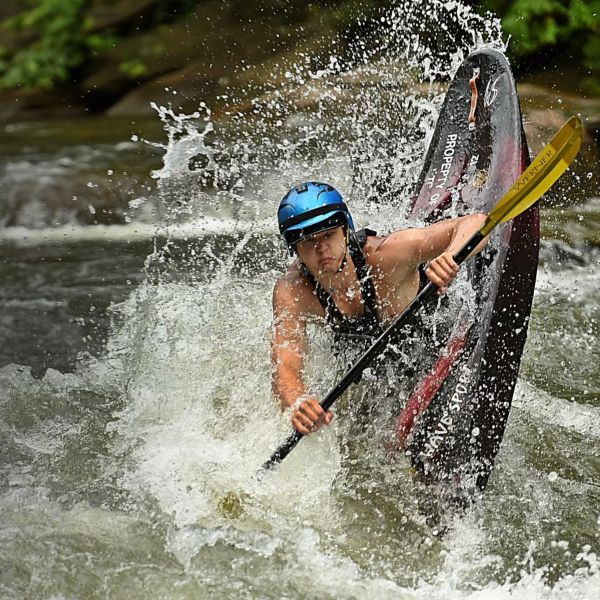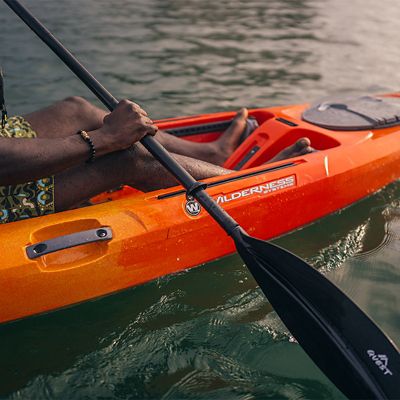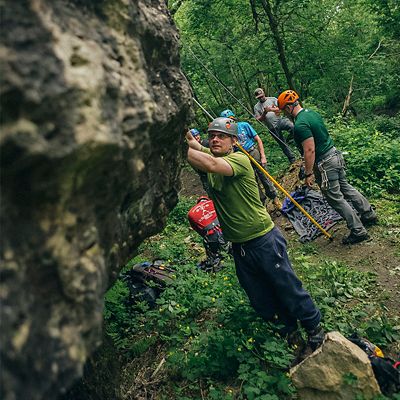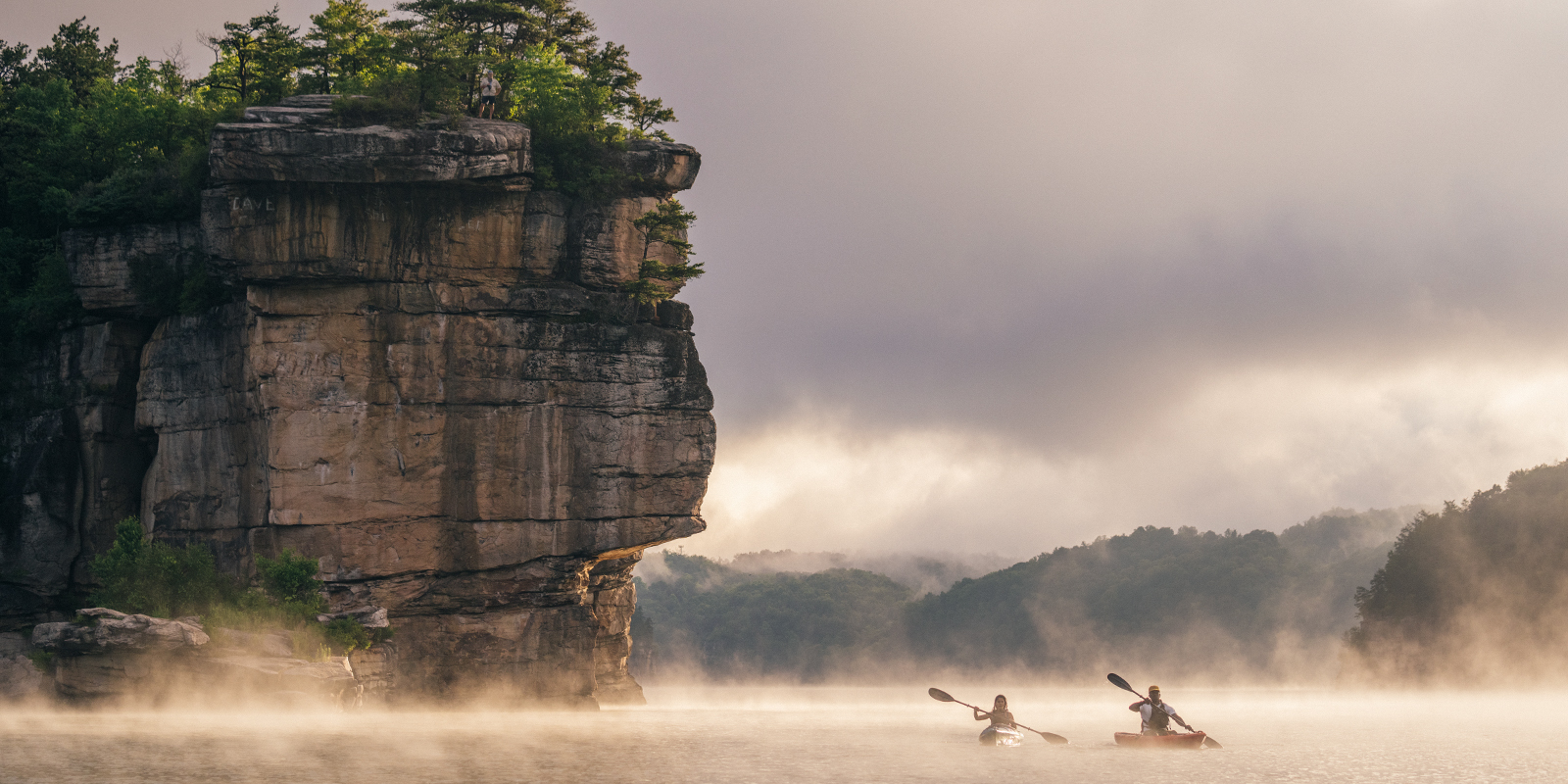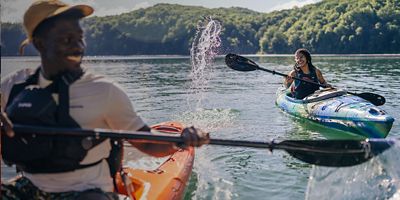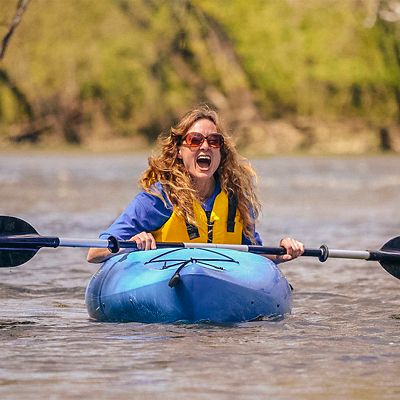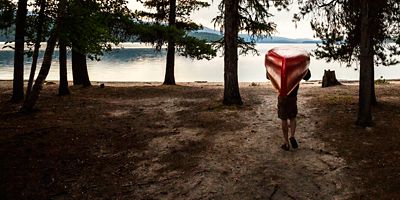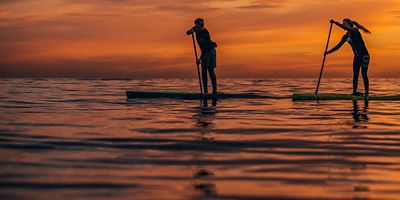
Most canoes have room in the bow, stern and midsection for packs, dry bags, small coolers, kitchen boxes (wannigans) and more. But whether you’re heading out for a simple day-trip on your local meandering river, or a multi-day foray into the Boundary Waters, packing canoes correctly takes some TLC for the best time out on the water. Following are a few pointers to help you load and launch with ease.
Day Trips vs Multi-Day Trips
For simple canoeing day-trips, you likely won’t have much gear. Pack what you do have within easy access while you’re paddling, including utilizing any rigging in front of your cockpit for items like water bottles and binoculars. Other gear can be kept handy in PFD pockets, pouches on a spray deck (if applicable), between your legs and behind your seat. If you’re heading out on a multi-day trip, loading your boat correctly becomes even more important, affecting everything from balance and trim to access and organization.
Trial Run
If possible, test-pack your canoe beforehand to ensure all your gear fits. Not only will this help you determine what you might have forgotten (or what needs fixing), but it will help you see if it all fits. Also, pack your gear into the containers and bags you’ll be using to make sure it all fits. (Hint: Keep like items together, with designated bags for cookware, food, clothes, etc.) Remember that if your trip involves portaging, you’ll have to carry everything, so get rid of any gear that’s not absolutely necessary.
Weight
Pack heavier items like food and water near the midsection—in front of the stern paddler and behind the bow paddler—and as low in the canoe as possible. Place medium-heavy items on top of the heavier gear, and pack lighter items (i.e. sleeping bags, clothing, etc.) toward the ends. Keep your gear as low as possible (below the gunwales) to maintain a low center of gravity and so it doesn’t catch the wind; and centered from side-to-side to keep your canoe stable and balanced. Also, make sure your boat is trimmed correctly (balanced from bow to stern) for the best performance; if you find yourself doing a wheelie, adjust more weight toward the bow. To check your trim before setting out, see which way water flows in the bottom of the canoe.



